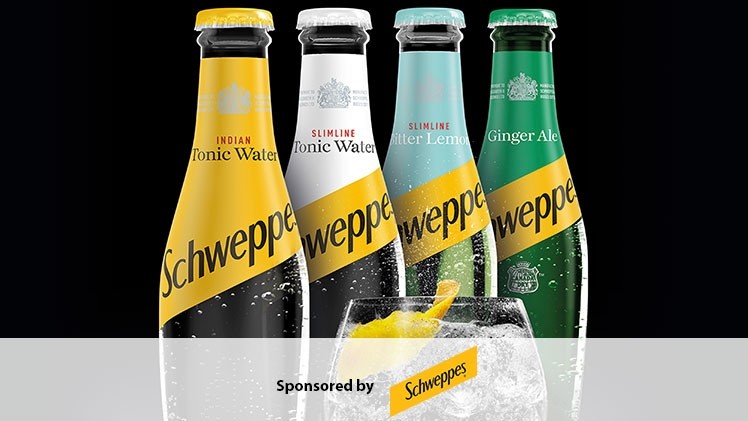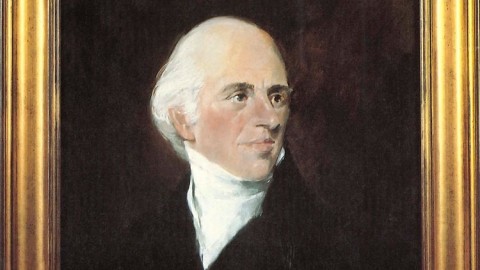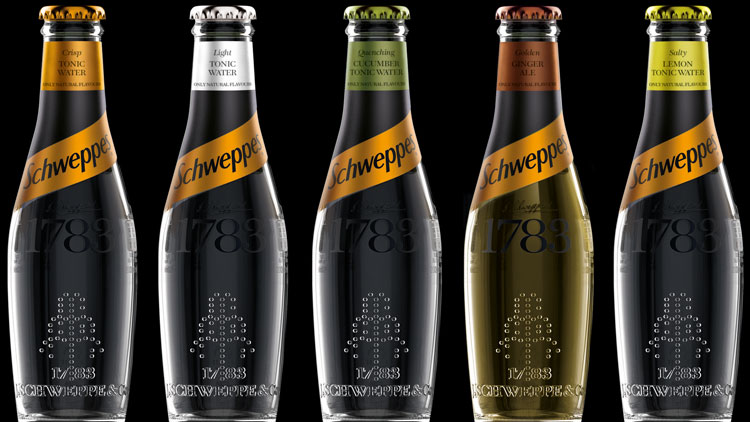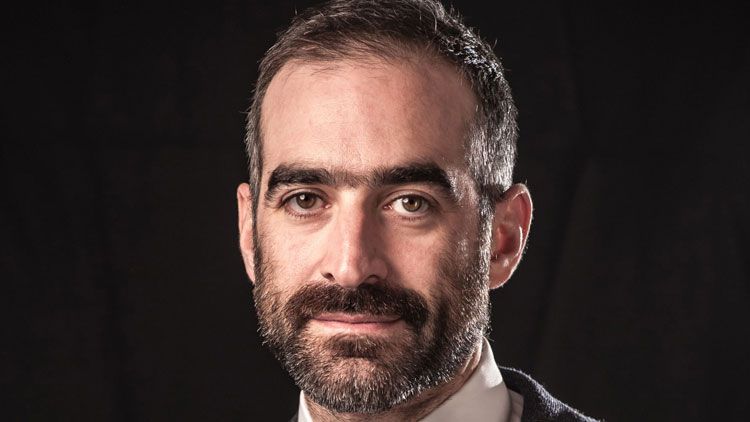Promotion
Schweppes - making history with every pour

Those tongue-tingling bubbles and the refreshing effervescence of soft drinks and mixers that are enjoyed across the globe can be traced back to Geneva and a certain Jacob Schweppe, a young man whose scientific nature and boundless curiosity led to the creation of carbonated water on a commercial scale.
Although Schweppe wasn’t the first person to make fizzy water, he was fascinated by naturally effervescent mineral waters thought to be beneficial for health. Schweppe was also interested in the radical thinkers of the day, including English clergyman-scientist Dr Joseph Priestly, whose 1772 publication Directions for Impregnating Water with Fixed Air inspired him to set about devising the best method to capture gas in liquid.
Through lengthy experiments Schweppe began to produce large quantities of carbonated ‘medicated water’ and, rather than throw it away, he gave it to local doctors so they could supply it to their poorer patients. It is this medicated water, first made as a by-product and then, by 1783, in its own right, that is hailed as the first commercially available carbonated soft drink.
The arrival in London
Nine years later, in 1792, Schweppe took his medicated water to the UK, carrying with him a letter from an eminent Genevan professor extolling its virtues. By 1794 the British public had become fascinated by the drink’s health benefits with Dr Erasmus Darwin – grandfather of famed biologist Charles Darwin – even praising the quality of the waters.
He wasn’t alone in his admiration: years later Schweppe’s waters would receive the first in a long line of royal warrants when King William IV honoured the company with the accolade after the Duchess of Kent and Princess Victoria ‘fell in love’ with the brand. The then princess was so infatuated with the products that, when she ascended the throne in 1837, she issued a royal warrant two months later.
Schweppes has since received royal appointments from all successive monarchs (with the exception of King Edward VIII, who gave none during his short reign).
An unconventional approach to marketing
Schweppe may have invented his medicated waters to treat ailments and maintain health, but his creations have since taken on more convivial qualities, and Schweppes’ creative marketing campaigns have cleverly helped promote this. From its early ‘Schweppervescence’ campaign (in which Erasmus Darwin had a hand) to the John Cleese ‘public service’ cinema ad of the 1980s, the Schweppes brand has long held a place in drinkers’ hearts thanks to its unique approach to advertising.
It all began with The Great Exhibition of 1851 in the Crystal Palace in London’s Hyde Park, where the company paid the princely sum of £5,500 for the privilege to sell its drinks at the largest exhibition of its time. Here one million bottles of its drinks were sold, and the company hasn’t looked back since.
More recent campaigns have been equally bold: in 1951 a Schweppes Grotto was built for the Festival of Britain in Battersea Park which, thanks to its sea-theme with genuine aqua life, attracted thousands of visitors, and in 1953 Schweppes launched the ‘Schwepping of the colours’ campaign in shop windows across the UK to celebrate Queen Elizabeth II’s coronation.
In more modern times, actors Nicole Kidman and Uma Thurman have been the faces of the brand, reinforcing its premium credentials.
The skittle bottle returns
Every successful drink needs an iconic bottle and in the case of Schweppes it is the skittle-shaped bottle, blown and formed in a single piece by Schweppe back in 1783. Over the years the shape of Schweppes’ bottles has evolved but now, over 225 years since it was first created, the skittle bottle is back.
The shape has been revived for the Schweppes range, including its new 1783 brand, a distinguished range of premium mixers that pair perfectly with premium spirits and which is set to bowl over bartenders across the country.
Open, release the schhhh... and pour 225 years of drinks-making history into every glass – and then raise a toast to founding-father of modern drinking, Jacob Schweppe.
A view from the bar. Bartender and top mixologist Tony Conigliaro discusses what makes the perfect mixer
What makes a good mixer?
A good tonic or mixer is essential, as it creates the majority of a long drink. If you are using a good quality spirit the same rules should apply to the mixer. A good mixer for me is carbonation, I really want bubbles as they carry theflavour and aroma of the ingredients and deliver when and where you need them. This is where Schweppes’ effervescence comes into its own – the quality of the bubbles ensures it is the perfect engine to carry the spirit it’s mixed with, right up until the end of the drink.
Why is it so important to choose the right one?
It is as essential as the right ice, otherwise you may end up with an incomplete or insipid drink.
What drinks would you create with new Schweppes 1783 Salty Lemon and Cucumber Tonic?
I would recommend selecting several different styles of gin, for example a citrus-led gin and a juniper-led gin, and then experimenting with them using Schweppes 1783 Cucumber Tonic and Salty Lemon Tonic. This will result in some very interesting combinations and flavours.
This BigHospitality feature is sponsored by Schweppes














